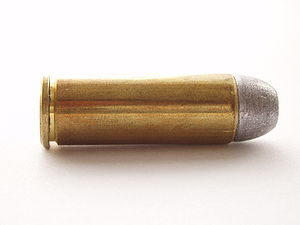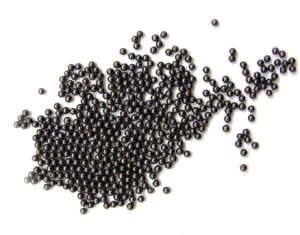 Lead is harmful, especially for children. Lowered IQ, learning disabilities, behavioral problems - all from lead exposure. There are no safe lead levels in individuals, so you want to avoid lead and lead-containing products whenever possible. So it shouldn't be a surprise that a study found that owning guns (firearms) is correlated with elevated lead levels in children.
Lead is harmful, especially for children. Lowered IQ, learning disabilities, behavioral problems - all from lead exposure. There are no safe lead levels in individuals, so you want to avoid lead and lead-containing products whenever possible. So it shouldn't be a surprise that a study found that owning guns (firearms) is correlated with elevated lead levels in children.
The cause is the lead ammunition (bullets) and primer used in the firearms. Lead styphnate is commonly used in the primer, which is the explosive that ignites the gunpowder. When a bullet is fired, fumes and fine lead particles are released into the air.
The researchers point out: When lead bullets are used, and the guns are discharged, then lead dust is produced. This lead dust gets everywhere, including on clothes, the body, personal items (e.g., phone, bags, laptop), and in vehicles. The lead dust is brought home, where it further settles on toys, the floor, rugs, and upholstery.
By the way, for hunters bringing home meat they killed with lead bullets - the lead (from tiny fragments or microscopic pieces) gets into the meat far from the bullet. So they are eating meat contaminated with lead. And the more of this meat is eaten, the higher the blood levels in the person.
Bottom line: Use non-lead bullets in firearms.
From Science Daily: Firearm ownership is correlated with elevated lead levels in children, study finds
Childhood lead exposure, primarily from paint and water, is a significant health concern in the United States, but a new study has identified a surprising additional source of lead exposure that may disproportionately harm children: firearms. ...continue reading "Firearms and Elevated Lead Exposure In Children"

